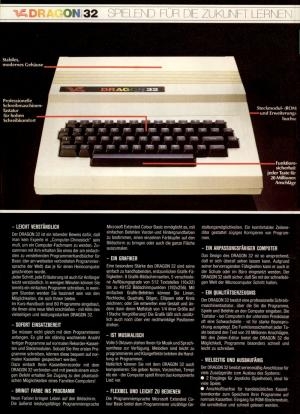
Dragon 32/64
Dragon 32/64 Specifications
| Manufacturer: | Dragon Data |
| Developer: | Dragon Data |
| CPU: | Motorola 6809E @ 0.89 MHz |
| Memory: | 32 KB/64 KB |
| Graphics: | MC6847 Video Display Generator |
| Sound: | 1-bit sound |
| Medium: | Compact Cassette |
| Display: | Composite monitor or TV over RF output, 64×48 with 8 colours semigraphics, 128×192 with 4 colours, 256×192 with 2 colours |
The Dragon 32 and Dragon 64 are home computers that were built in the 1980s. The Dragons are very similar to the TRS-80 Color Computer, and were produced for the European market by Dragon Data, Ltd., in Port Talbot, Wales, and for the US market by Tano of New Orleans, Louisiana. The model numbers reflect the primary difference between the two machines, which have 32 and 64 kilobytes of RAM, respectively. Initially, the Dragon was reasonably well supported by the major UK software companies with versions of popular games from other systems being ported to the Dragon. Examples of top selling games available for the Dragon include Arcadia (Imagine), Chuckie Egg (A&F), Manic Miner and sequel Jet Set Willy (Software Projects), Hunchback (Ocean) and Football Manager (Addictive). There were also companies that concentrated on the Dragon such as Microdeal. Their character Cuthbert appeared in several games on the Dragon with Cuthbert Goes Walkabout also being converted for Atari 8-bit and Commodore 64 systems.
Dragon Data introduced the Dragon 32 microcomputer in August 1982, followed by the Dragon 64 a year later. Despite initial success, the Dragon faced technical limitations in graphics capabilities and hardware-supported text modes, which restricted its appeal in the gaming and educational markets. Dragon Data collapsed in 1984 and was acquired by Spanish company Eurohard S.A. However, Eurohard filed for bankruptcy in 1987.
The Dragon computers were built around the Motorola MC6809E processor and featured a composite monitor port, allowing connection to (at the time) modern TVs. They used analog joysticks and had a range of peripherals and add-ons available. The Dragon had several high-resolution display modes, but limited graphics capabilities compared to other home computers of the time.
The Dragon came with a Microsoft BASIC interpreter in ROM, which allowed instant system start-up. The Dragon 32/64 was capable of running multiple disk operating systems, and a range of popular games were ported to the system.
Aside from the amount of RAM, the Dragon 64 also has a functional RS-232 serial port which was not included on the Dragon 32. A minor difference between the two Dragon models is the outer case colour; the Dragon 32 is beige and the Dragon 64 is light grey. Besides the case, branding and the Dragon 64's serial port, the two machines look the same. The Dragon 32 is upgradable to Dragon 64. In some cases, buyers of the Dragon 32 found that they actually received a Dragon 64 unit.
Overall, the Dragon computers were initially well-received but faced limitations that hindered their long-term success.
Latest on Dragon 32/64
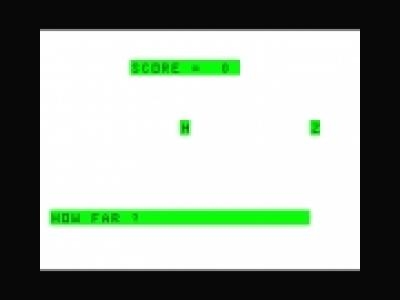
Zion Attack
One of the Cassette 50 games from Cascade Games
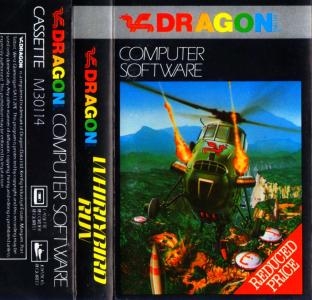
Whirlybird Run
Whirlybird Run is a fast moving, arcade game in which you must pilot a helicopter across mountain ranges and through a series of underground caves. On...
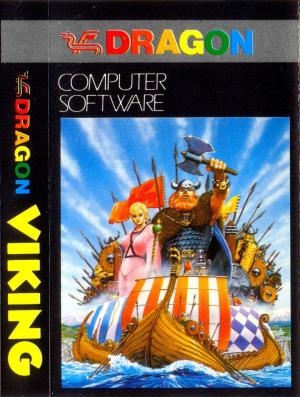
Viking
WELCOME TO VIKING This game is a simulation of the government of a people Viking in 750. You will have to decide on purchases, sales and taxes next...
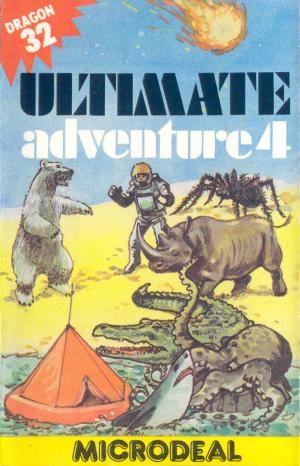
Ultimate Adventure 4
Being the adventurer you are, and having survived the Mansion and the Arabs of Jerusalem, and walked the streets of Williamsburg, you are now qualifie...
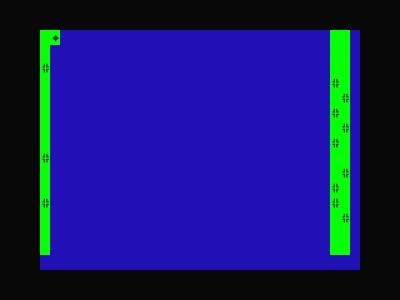
Tunnel Escape
One of the Cassette 50 games from Cascade Games
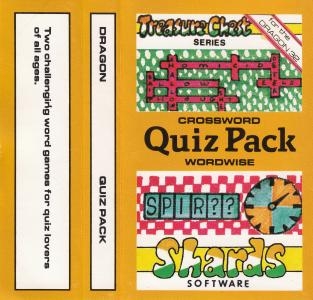
Treasure Chest Series Quiz Pack
Two challenging word games for quiz lovers of all ages. - Wordwise - Fast moving word game against the clock - How many correct answers can you obt...
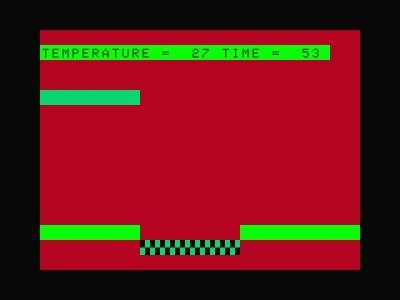
Thin Ice
One of the Cassette 50 games from Cascade Games
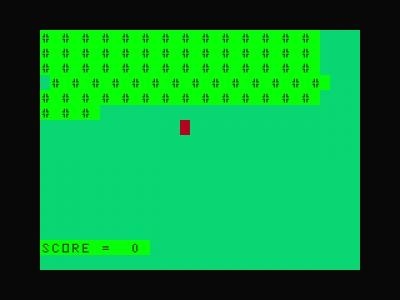
The Force
One of the Cassette 50 games from Cascade Games
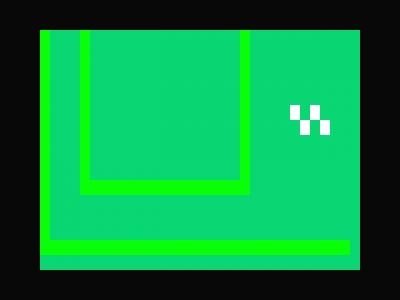
Tanker
One of the Cassette 50 games from Cascade Games
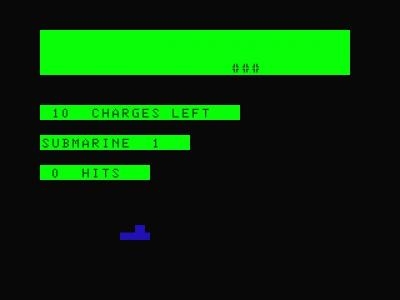
Submarines
One of the Cassette 50 games from Cascade Games